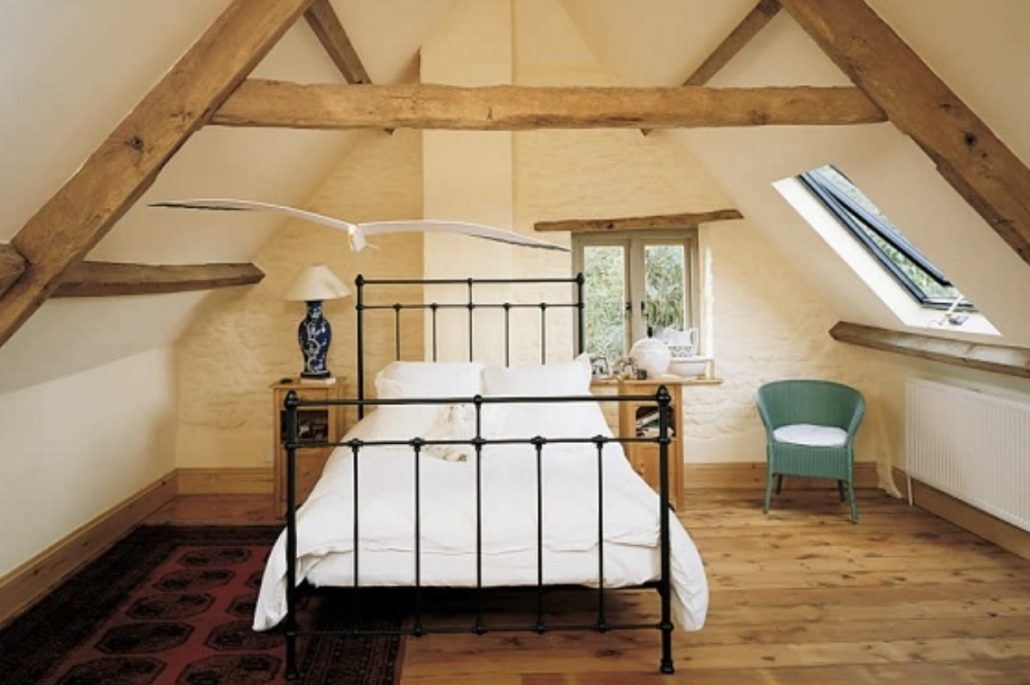How Does Loft Insulation Reduce Heat Loss?
One of the easiest and affordable energy-saving measures for homeowners in the UK is to insulate their loft. Research shows that about 25% of heat escapes through the roof without loft insulation.
Contactors install or fit loft insulation between or over the ceiling joints. Although the recommended depth of insulation material varies, you can aim for a depth of approximately 12 inches or 270mm if you use mineral wool.
Loft insulation is easy to install for most properties, and it makes your home warmer and comfortable without the need for costly heating. In today’s article, we will discuss how loft insulation reduces heat loss and gives you other important information. Read on!
Loft Insulation Reduce Heat Loss
Topping up or installing loft insulation can reduce up to 25% of heat loss from your home. It also reduces condensation and dampness in your home, allowing you to use less energy and keep your indoor space warm. All this leads to saving hundreds of pounds on your heating or energy bills.
In addition, loft insulation is essential because heat flows from a warmer area to a colder area as hot air rises. Bear in mind that the colder it is outside, the quicker heat from your indoor space will escape into the surrounding air through the roof.
Loft insulation provides an insulating layer filled with thousands of air pockets that prevent heat from escaping your home. Research highlight that air is a poor conductor of heat, so the insulation traps the heat inside and prevents it from escaping through the roof.
Moreover, loft insulation has a lifespan of up to 40 years so that you can benefit from immediate cost savings and substantial long-term financial advantages. Mineral wool is the most common material homeowners prefer for lost insulation.
If you opt for this material, make sure it is 270mm deep. However, you can use different materials, depending on your loft condition. Keep in mind that different materials have different depth requirements.
Is Loft Insulation Cost-Effective?
The answer to this question is, “Yes,” loft insulation is cost-effective and saves you a lot of money in the long run. Remember, your savings depend on your property’s size, the existing insulation, and the average energy consumption. The following table estimates the average annual savings after installing loft insulation. Continue reading!
Property Type | Average Annual Savings |
Bungalow | £195 |
Mid-terrace | £125 |
Detached | £315 |
Semi-detached or End-terrace | £135 |
Source: Energy Saving Trust
Do You Need To Provide Ventilation In Your Loft Space?
The general answer is “yes,” but it depends on whether you have adequately ventilated your loft. Increasing the amount of insulation in your loft can cause water vapour condensation, especially on timber. If you don’t have a properly ventilated loft, make sure you install tile vents to ensure proper airflow through the loft. As a result, you can create a balance between ventilation and heat prevention.

